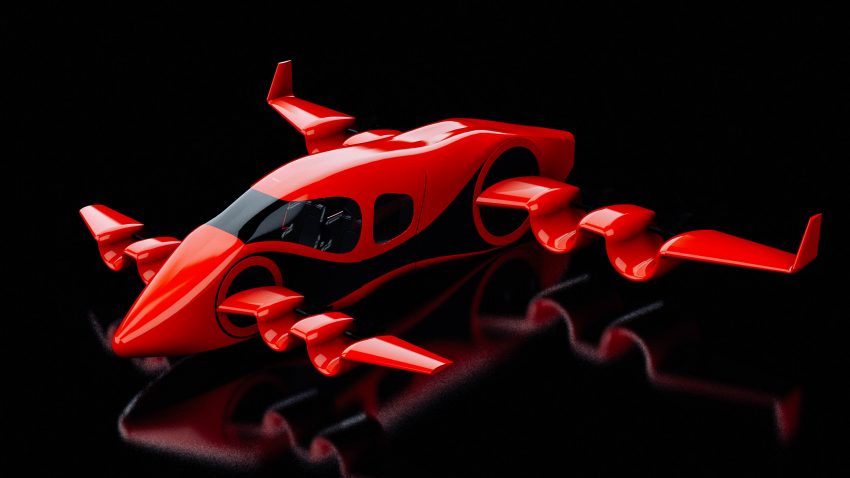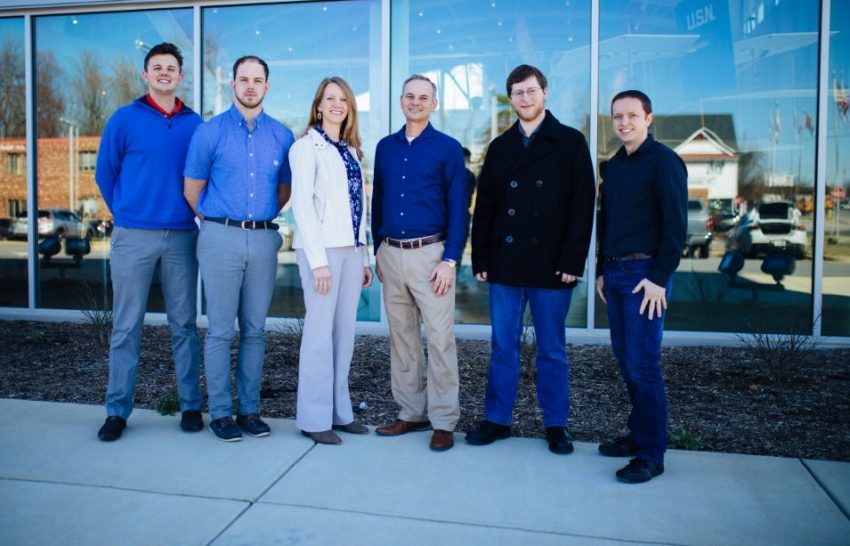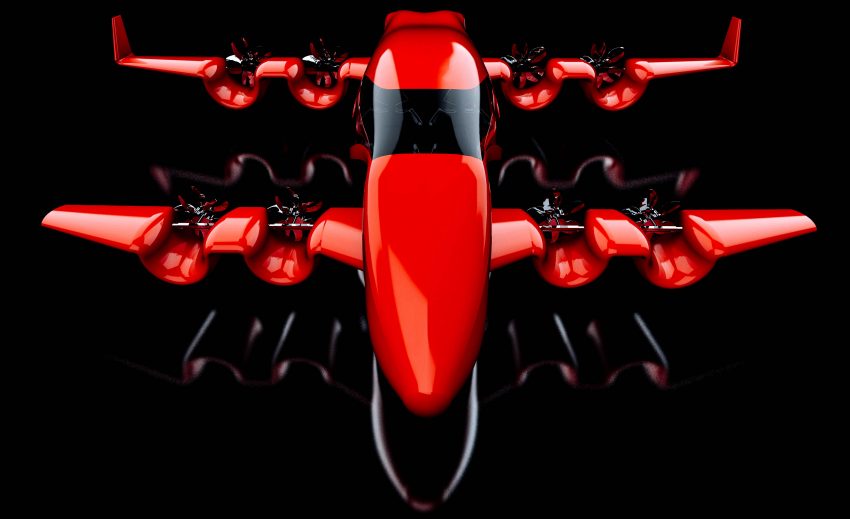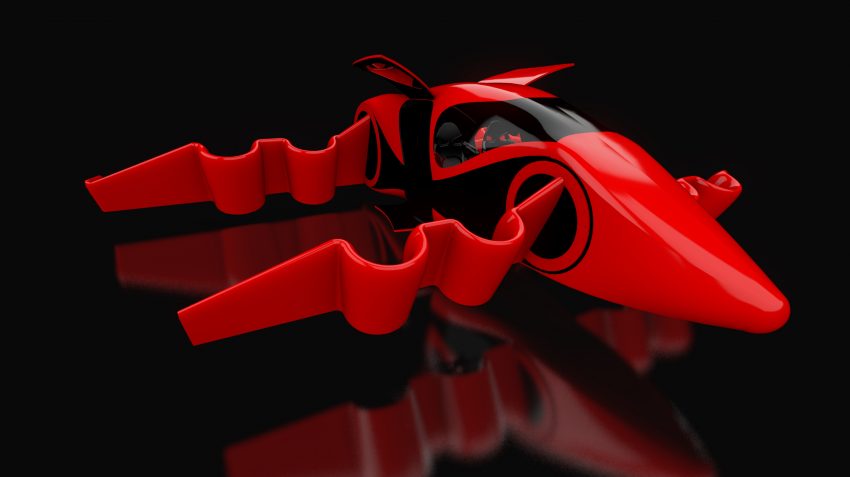Sustainable mobility is becoming an increasingly exciting space, especially with new players like HopFlyt on the market. HopFlyt is working to create a new and innovative Electric Vertical Take Off and Landing (eVTOL) vehicle which will be able to carry people and goods in a sustainable way as it will be fully electric. Bolstered by the significant interest brought forth by Uber’s Elevate Summit, eVTOLs, more commonly known as flying cars, could be the most interesting aircraft to come on the market in the next decade. Here’s what CEO of HopFlyt, Rob Winston, has to say about this incredibly innovative vehicle.
Would you like to share with our readers a little bit of your background and what led you to start HopFlyt?
Rob Winston: I have been fortunate to have spent nearly my entire life involved in aviation and aerospace. Beginning with hanging out at airports as a child to taking flying lessons in my teenage years to gaining degrees in engineering, working at NASA and a career in the USMC as a Naval Aviator, engineer and as a program manager.
HopFlyt was formed when I realized that the convergence of technology was finally here to create practical electric Vertical Takeoff and Landing (eVTOL) aircraft. The knowledge I gained from a lifetime in aviation coupled with hands on rebuilding antique aircraft to designing and building high performance experimental aircraft have led me to begin work in earnest to work on everyone’s dream–to fly like a bird.

In the Photo: Rendering of HopFlyt’s eVTOL. Photo Credit: HopFlyt
Why do you think there is so much interest growing around VTOLs –actually eVTOLs – now?
RW: After quietly working on HopFlyt’s aircraft design for nearly four years the sudden rush of interest in eVTOLs about two years ago validated my research that the convergence of technology to support eVTOLs had taken place. The buzz of interest that has been created comes from the public’s realization that point to point transportation is truly a few years out. Uber has been a driving force and the many eVTOL companies popping up worldwide has helped with the exposure.
Can you tell me more about the technical features of your eVTOL? The wings design seems pretty different from any other. Is it designed for two passengers or more?
RW: Our aircraft, the Venturi, has independently variable incident channel wings and independently variable incident channel canards with no standard flight controls. The channel wing is an airfoil that is semicircular with contra-rotating props in the back of channel. The props move the air over the airfoil creating lift and the wings can tilt to position the thrust as required. Vertical takeoff is accomplished by tilting the wings to about 70 degrees and the resultant lift comes from a combination of thrust and airfoil created lift. The aircraft is designed to carry four people with some luggage.

In the Photo: Rob Winston (middle) and part of the team of HopFlyt. Photo Credit: HopFlyt
At what stage of the project you are? When do you expect to see your first prototype flying?
RW: We currently have a scale model flying now. We expect to have an aircraft capable of flying a person in about 12 months.
RELATED ARTICLES:
![]() Zunum Aero: making electric planes possible
Zunum Aero: making electric planes possible
by Alessandro du Bessé
![]() Ampaire electric planes: Interview with Kevin Noertker
Ampaire electric planes: Interview with Kevin Noertker
by Alessandro du Bessé
![]() VerdeGo Aero VTOL: An interview with Eric Bartsch
VerdeGo Aero VTOL: An interview with Eric Bartsch
by Alessandro du Bessé
Are you planning to sell your eVTOL to the general public? To airlines? Or someone else?
RW: The eVTOL will be available to individuals, companies or consortiums. The expected larger market will be on demand aerial transportation or an aerial taxi of sorts.

In the Photo: Front view of a HopFlyt’s eVTOL. Photo Credit: HopFlyt
How important is sustainability to you? How relevant is to you the fact you are working on an electric VTOL?
RW: Sustainability is very is important to us. We are a first year Model S Tesla owner and our home and facility operates mostly on solar cells. I strongly believe we need to protect the earth for generations to come. An eVTOL will have the ability to move people point to point in a rapid fashion saving both time and energy. We will be able to reduce the carbon footprint by less use of ground vehicles and reducing the carbon footprint caused by building ground infrastructures such as roads, bridges and massive parking lots.
Do you have further plans for other designs? Maybe to carry goods or to carry more people?*
RW: We would like to have aircraft affordable to a wide range of consumers for moving both people and goods. This includes both manned and unmanned versions and piloted and optionally piloted aircraft.











